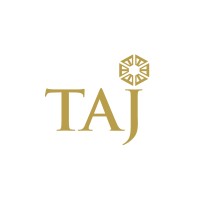
Taj Hotels
Established in 1903, Taj is The Indian Hotels Company Limited’s (IHCL) iconic brand for the world’s most discerning travellers seeking luxury and authentic experiences. Taj has been rated as India’s Strongest Brand across all sectors for an unprecedented fourth time and also as the World’s Strongest Hotel Brand for the third consecutive year in 2024 by Brand Finance. From landmark city addresses to enchanting jungle safaris, and from idyllic resorts to authentic living Grand Palaces, each Taj hotel offers an unrivalled fusion of warm Indian hospitality, world-class service and modern luxury. Taj's unique portfolio comprises hotels across India, North America, United Kingdom, Africa, Middle East, Sri Lanka, Maldives and Nepal.






